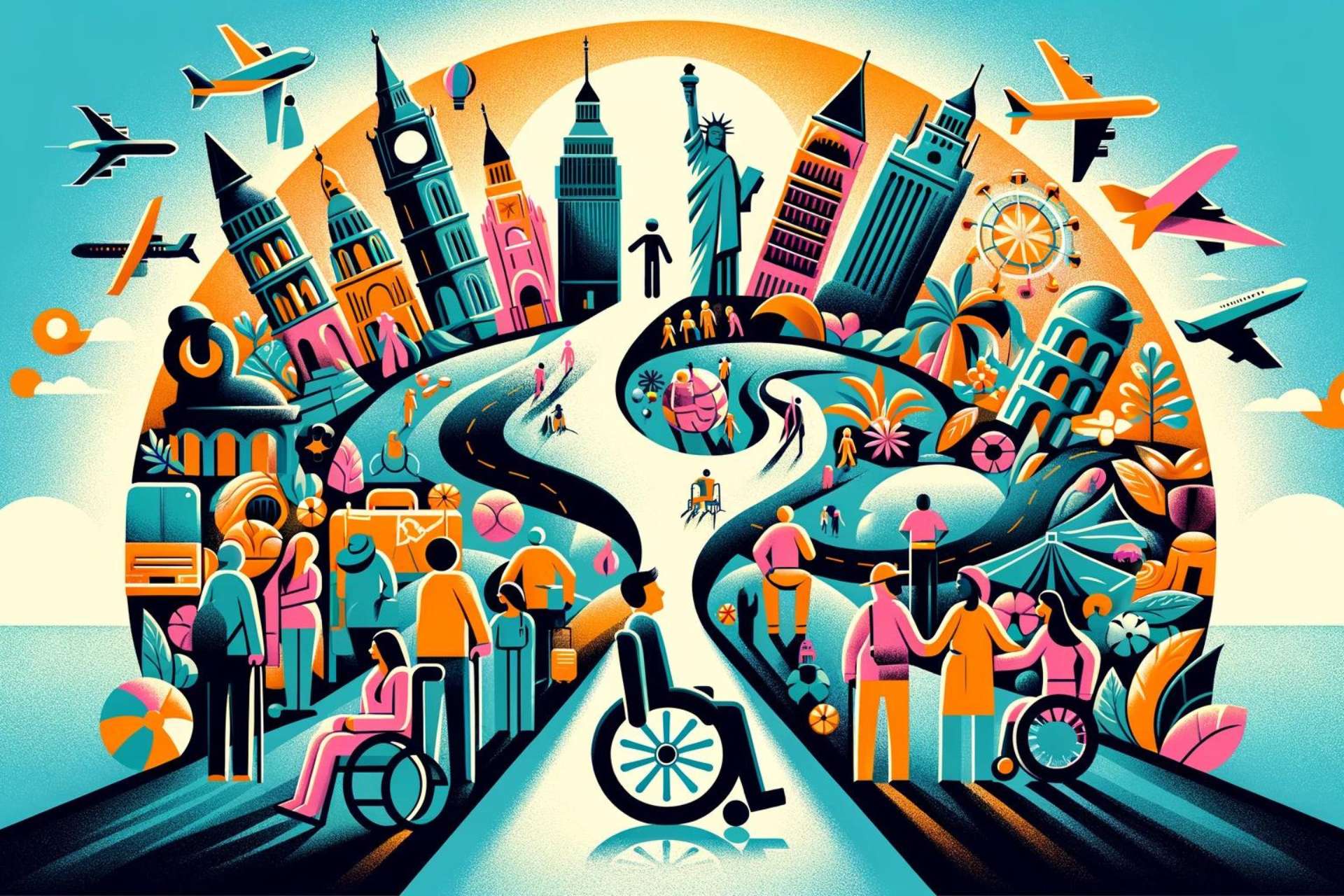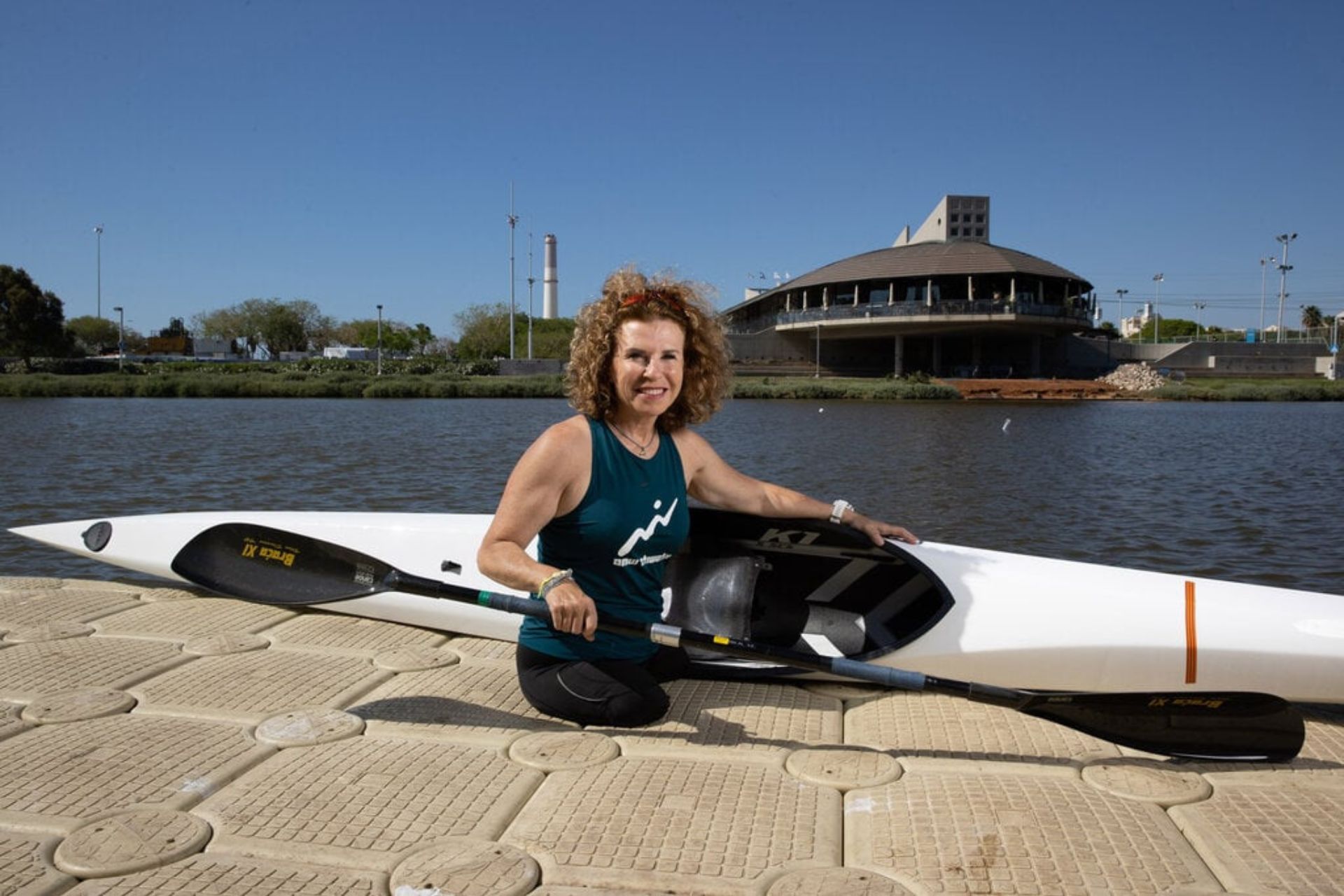Human Rights: Accessibility For All

As global citizens, we all have a shared responsibility to uphold the universality of human rights. Yet for many around the world, accessing and exercising these fundamental rights remain out of reach. Economic, social, and physical barriers persist that prevent marginalized groups, including people with disabilities, from enjoying the same rights and opportunities as others.
If we believe human rights are truly universal, we must work to systematically break down these barriers through policy, technology, and shifts in public attitudes. By reflecting on our own biases and privileges, educating others on key issues of accessibility, and advocating for political and corporate policies that promote inclusion, each of us can play a role in building a more just and equitable world where no one is left behind. Together, step by step, we can make human rights accessible to all.
Understanding Human Rights as Inalienable and Universal
To achieve universal human rights, we must ensure accessibility for all. This means embracing diversity and inclusiveness in how we think about human rights. And, let’s not forget that disability rights are human rights!
Human rights are inalienable – they belong to each person equally and cannot be taken away or denied. As stated in the Universal Declaration of Human Rights (UDHR), all rights have equal importance and depend on one another.
Recognizing Interdependence
For human rights to be truly universal, we must acknowledge our shared humanity. We all experience life’s joys and sorrows, regardless of our differences. By promoting mutual understanding and compassion, we open pathways to an inclusive society where the rights and dignity of every person are respected.
Some steps toward universal accessibility include:
- Educating ourselves and others about human rights and their equal application to all people. We must challenge prejudices and stereotypes through open dialog and by sharing diverse stories of human experiences.
- Identifying and removing barriers, including physical and attitudinal, that prevent marginalized groups from enjoying their rights. This could involve reforming discriminatory laws and policies as well as making public spaces and information physically and intellectually accessible to all.
- Empowering and amplifying the voices of those facing discrimination and human rights violations. We must provide resources and platforms for people to advocate for themselves and share their experiences in their own words.
- Taking action in our own lives to promote inclusion, fairness and justice for people of all backgrounds. Small acts of courage, empathy and solidarity can have ripple effects that shape the world for the better.
By embracing diversity, promoting mutual understanding, and taking action together, we can achieve the vision of universal human rights laid out in the UDHR. Step by step, we are building a more just, equitable and inclusive world for all.
Barriers to Accessibility and Inclusion in Society
To achieve universal human rights, we must ensure accessibility for all. There are several barriers that prevent inclusion and access in society.
Physical Accessibility: The built environment and lack of assistive technologies create physical barriers for people with disabilities. Ensuring ramps, elevators, braille signs, and wheelchair accessibility in public spaces and transportation is part of the solution. Providing technologies like screen readers, braille displays, hearing aids and more increases participation.
Attitudinal Barriers: Negative attitudes, stereotypes, and discrimination create social barriers for people with disabilities. Ableism, the belief that people with disabilities are somehow less worthy, leads to stigma and limits opportunities. Educating people about disabilities and promoting inclusion can help address discriminatory mindsets.
Communication Barriers: Information and services are often inaccessible when not offered in multiple, accessible formats. Providing materials in braille, large print, simple language, with adaptive technologies, and with captions or subtitles allows everyone to participate fully.
To achieve universal human rights, we must design inclusive, accessible environments, technologies, and information. By addressing physical, social, and communication barriers, people of all abilities can contribute to and benefit from society. An accessible world opens up opportunities for everyone to live, learn, work, and age with dignity. Promoting inclusion and access is key to ensuring human rights for all.
Ensuring Accessibility Through Universal Design Principles
To achieve universal accessibility, we must incorporate Universal Design Principles. These principles ensure that environments, products and services are usable by all people without adaptation.
Size and Space: The design should provide appropriate size and space for approach, reach, manipulation, and use for users with diverse abilities. This includes adequate space for wheelchairs and mobility aids to maneuver, as well as appropriate heights for components like light switches, door handles, and service counters.
Equitable Use: The design should be useful and marketable to people with diverse abilities. For example, instructional materials and activities should provide multiple means of engagement for students with different abilities and backgrounds. A Universal Design for Learning framework helps create flexible materials and activities that provide challenges for a wide range of learners.
Simple and Intuitive: Use of the design should be simple, consistent and intuitive. Controls and operating mechanisms should be easy to understand, regardless of the user’s experience, knowledge, language skills, or current concentration level. Instructions should be simple, clear and concise.
Perceptible Information: The design should communicate necessary information effectively to the user, regardless of ambient conditions or the user’s sensory abilities. This includes providing redundant cueing, adequately contrasting text and images, and designing instructional materials for maximum legibility.
Tolerance for Error: The design should minimize hazards and the adverse consequences of unintended actions. Instructions should clearly define any potentially dangerous operations, and safety measures should be built in to minimize the impact of errors.
Low Physical Effort: The design should allow the user to maintain a neutral body position, use reasonable operating forces, and minimize repetitive actions and sustained physical effort. This ensures accessibility for people with a wide range of physical abilities and stamina levels.
Including people with disabilities in the design process from the beginning helps identify potential barriers and ensures maximum accessibility. With forethought and care, we can craft a society where human rights are truly universal.
Fostering Inclusivity and Diversity in Our Communities
To achieve universal human rights and access for all, we must foster inclusivity and diversity within our local communities. By promoting understanding and embracing our differences, we can make progress toward building a just society that leaves no one behind.
Raise Awareness of Unconscious Bias: Many of us hold implicit biases that negatively impact marginalized groups without realizing it. Educating people about microaggressions, stereotype threat, and privilege is key. We must reflect on our own biases and listen with an open mind to understand different experiences of discrimination and disadvantage.
Promote Accessibility: Take steps to make spaces and activities welcoming and accessible to people of all abilities. This includes physical accommodations like ramps or braille signs, but also providing resources in multiple languages and formats. Evaluate events, media, and policies to determine if any groups face unnecessary barriers to participation. Make changes to resolve these issues.
Value All Voices: Give platform and power to marginalized voices. Seek out and amplify the voices of people from underrepresented groups. Make an effort to include diverse perspectives in decision making processes. Listen without judgment and be open to criticisms about lack of inclusiveness. Make space for open dialog and be willing to adjust based on feedback.
Educate and Empower Youth: Promoting inclusive values from an early age can help foster lasting change. Educate children and youth about diversity, discrimination, and social justice. Give students opportunities to interact with people from different backgrounds and learn advocacy skills. Support marginalized youth and give them platforms to voice their experiences. By empowering the next generation, we move closer to a truly just and accessible society.
By raising awareness of our shared humanity, promoting understanding, and empowering the marginalized, we can build communities where people of all backgrounds feel respected, valued, and able to participate fully. Together, step by step, we are moving toward a world in which universal human rights are accessible to all.
Promoting Accessible Technology and Communications for All
Promoting accessible technology and communications is crucial to building an inclusive society that leaves no one behind. As technology becomes increasingly integrated into all aspects of life, we must ensure that tools and systems are designed to serve the needs of all people, regardless of ability.
Accessible Design: Accessible technology incorporates features like text-to-speech, voice control, text resizing, and compatibility with screen readers. These accommodations allow people with disabilities to use technology as independently and privately as possible. When technology and communications are accessible by design, they empower more people to participate fully in work, education, and community.
Policy and Procurement: Governments and organizations should implement accessibility policies and prioritize accessible technology in procurement processes. Requiring that technology meet accessibility standards helps ensure all new systems are equitable and inclusive. Accessibility policies also encourage technology developers to consider users with disabilities from the outset and to build accessibility directly into products.
Promoting Awareness: Educating colleagues and communities about accessibility best practices creates more inclusive environments. Highlighting the need for accessible technology and communications raises awareness about the barriers many face and the benefits of inclusive design. Promoting awareness of accessibility issues, tools, and resources can help address the technology gap and encourage more widespread adoption of accessible technology.
Continuous Progress: Accessibility is an ongoing process that requires continuous progress and improvement. As new technologies emerge, we must evaluate how they can be made accessible and work to close any new gaps as quickly as possible. Regular reviews of accessibility policies and procurement standards help ensure they are up to date. Continuously educating colleagues and communities about accessibility also keeps inclusion and empowerment at the forefront.
Promoting accessible technology and an inclusive society benefits all of us. When we make the effort to understand people’s diverse needs and build systems that serve everyone equally, we move closer to realizing the promise of universal human rights. Accessibility for all should be the goal in any just, equitable, and empowering community.
Community Spirit
In summary, while human rights are deemed universal, we have a long way to go to achieve true accessibility and inclusiveness for all. It is up to each of us as global citizens to reflect on our inherent biases and preconceptions, listen with an open mind, and make a conscious effort to understand those different from us. We must advocate for political, social and economic systems that provide equal opportunities regardless of gender, race, religion, sexual orientation, disability status or other attributes.
Promoting universal human rights requires that we educate ourselves and others, stand up against injustice, and make our voices heard to enact laws and policies that protect the vulnerable. When we open our hearts and minds, we open up pathways to a more just, equitable and compassionate world. Together, step by step, we can work to fulfill the promise of universal human rights for all people. The time for action is now – our shared humanity depends on it.







